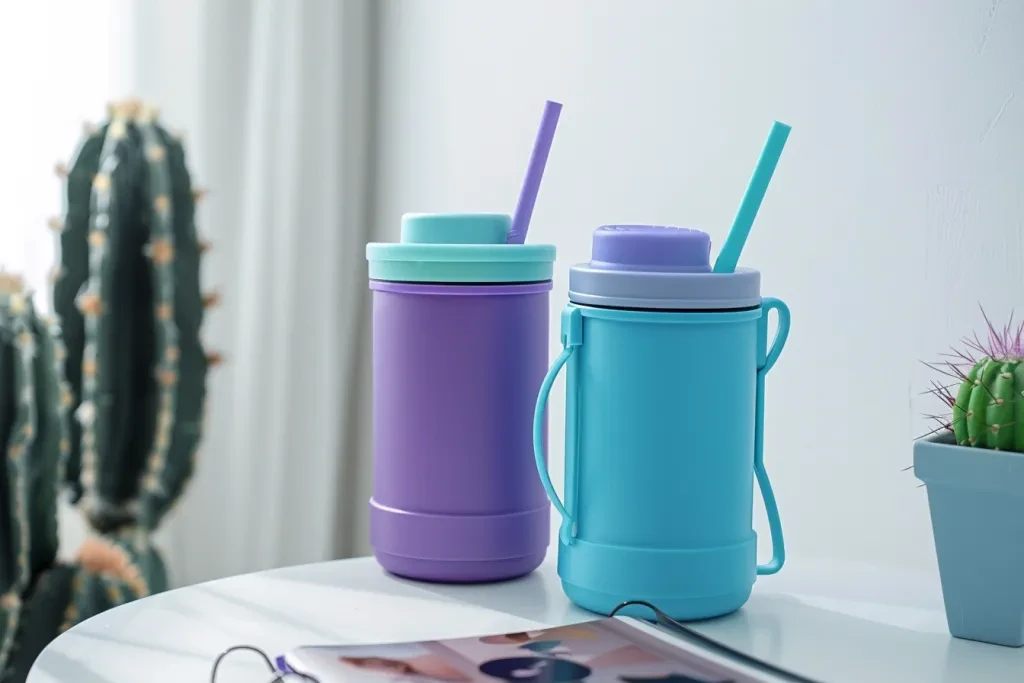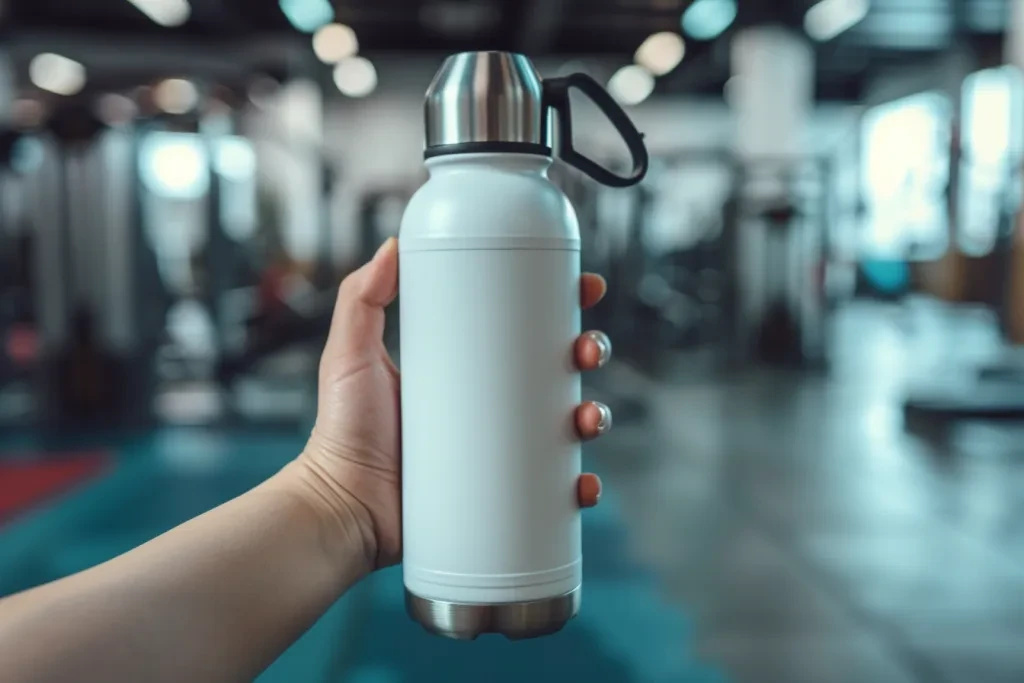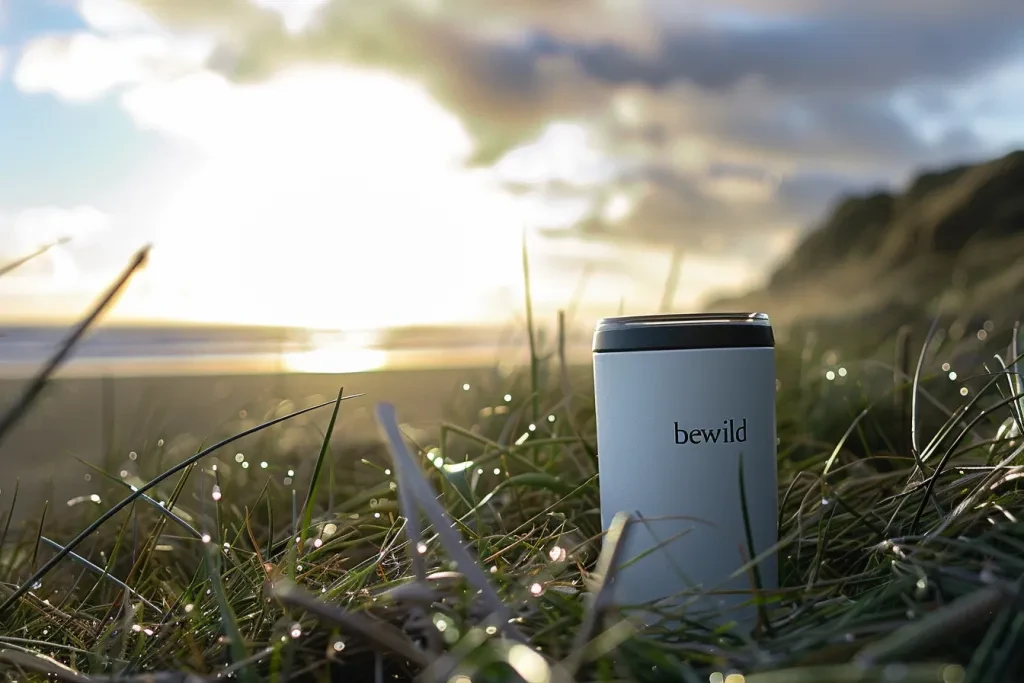In the world of sports, staying hydrated is non-negotiable. However, the safety of the water we drink hinges not just on its source, but also on the vessels we use to carry it. Lead-free water bottles have emerged as a crucial ally for athletes and fitness enthusiasts alike, ensuring that the water they drink is as pure and safe as possible. This article delves into the world of lead-free water bottles, exploring their benefits, popularity, and how to select and use them effectively.
Table of Contents:
– What is a lead-free water bottle?
– The popularity of lead-free water bottles
– Are lead-free water bottles good?
– How to choose a lead-free water bottle
– How to use a lead-free water bottle
What is a lead-free water bottle?

Lead-free water bottles are designed to eliminate the risk of lead contamination, a toxic metal that can leach into water from certain materials. These bottles are made from materials such as stainless steel, glass, or BPA-free plastics, which do not contain lead or release it into the water. The importance of using lead-free bottles in sports cannot be overstated, as athletes require pure, uncontaminated water to maintain peak performance and health. These bottles are not only safer for individual health but also contribute to environmental sustainability by reducing reliance on disposable plastic bottles that can leach harmful chemicals.
The popularity of lead-free water bottles

The surge in awareness about the harmful effects of lead and other contaminants has catapulted lead-free water bottles to popularity among athletes and fitness enthusiasts. The health-conscious sports community prioritizes products that support their well-being and performance, making lead-free bottles a staple in their hydration practices. Moreover, the growing environmental movement against single-use plastics has bolstered the demand for reusable, safe water bottles. Athletes, recognizing their role as influencers in society, have embraced lead-free bottles, further propelling their popularity and setting new trends in sports hydration.
Are lead-free water bottles good?

Lead-free water bottles offer a plethora of benefits, making them a superior choice for athletes and anyone concerned about their health and the environment. Firstly, they provide a safe way to stay hydrated without the risk of lead exposure, which can have detrimental effects on health, including neurological damage and decreased performance in athletes. Secondly, these bottles are durable and designed to withstand the rigors of sports activities, making them a long-lasting investment. Finally, by opting for lead-free bottles, individuals contribute to reducing plastic waste, aligning their hydration needs with environmental sustainability goals.
How to choose a lead-free water bottle

Selecting the right lead-free water bottle involves considering several factors to ensure it meets your hydration needs in sports. Material is a primary consideration; stainless steel and glass are excellent choices for their durability and non-reactive properties, ensuring water remains pure. The design and capacity of the bottle should suit your activity level and personal preference, whether you need a lightweight bottle for running or a larger one for extended workouts. Additionally, look for bottles with secure, leak-proof lids and those that are easy to clean, as hygiene is paramount in preventing bacterial growth.
How to use a lead-free water bottle

Using a lead-free water bottle effectively requires more than just filling it up and drinking from it. Proper maintenance is key to ensuring your bottle remains safe and functional. Regular cleaning, preferably with warm soapy water, is essential to remove bacteria and any residues. For stainless steel bottles, avoid using bleach or chlorine-based cleaners, as they can damage the material. It’s also advisable to fully dry the bottle after washing to prevent mold growth. When filling up your bottle, opt for filtered or purified water to maximize the benefits of using a lead-free container.
Conclusion
Lead-free water bottles have become an indispensable tool in sports hydration, offering a safe, durable, and environmentally friendly option for athletes and fitness enthusiasts. By choosing the right bottle and maintaining it properly, you can ensure that your body is fueled with pure, clean water, supporting your health and performance goals. Embrace the shift towards lead-free water bottles and make a positive impact on your well-being and the planet.




